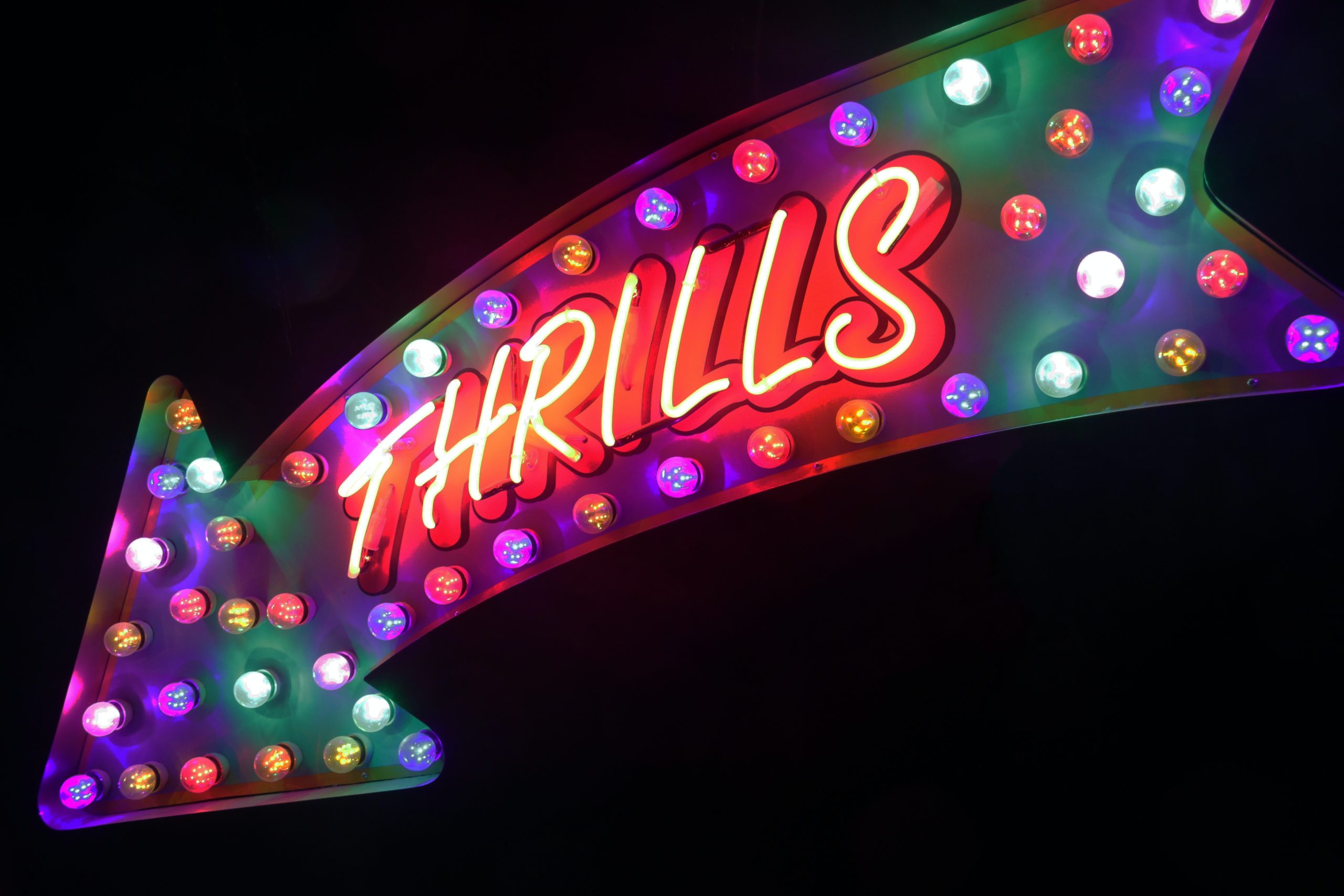Neon signs have been a popular choice for businesses and advertisers for over a century. However, their application started declining around the 1970s with the emergence of new lighting technologies. These new forms were introduced as more energy-efficient and cost-effective alternatives, offering more flexibility in advertising. This made advertisers and marketers shy away from the neon signages, ultimately sealing their fate as a dwindling past.
But neon signs were not as ineffective or expensive as few companies called them. Even today, their eye-catching designs have a nostalgic appeal that no other lighting can match.
That’s why the experts from the best sign installation services have debunked the common myths. So, you, as a business owner, can make an informed decision for your business.
Top 9 Neon Sign Installation & Repair Myths Debunked
The vibrant and attention-grabbing neon signs have the potential to attract potential customers. However, some myths and misconceptions about their installation and maintenance keep businesses from installing them.
If that has been the case, read the below list to separate fact from fiction.
Myth 1: Neon Signs Contain Toxic Chemicals.
Fact: Anyone who believes neon signs contain toxic chemicals knows half the truth.
A neon tube is filled with either neon or argon gas already in the air. However, an argon-filled tube contains traces of mercury, which, if broken and kept in close contact with an individual for a long time, may cause harm.
Therefore, experts suggest recycling these mercury-contained tubes is the best option over throwing them away in bins.
Myth 2: Neon Signage Is A Big No For The Environment.
Fact: Many people believe that neon signs are harmful to the environment. But the fact is their composition contains no toxic chemicals or material.
Additionally, if any tube breaks, users can opt for recycling and reduce the environmental pollution risk.
Myth 3: Neon Lighting Uses Only High-Voltage.
Fact: Wrong! Neon can be used in both high and low-voltage applications depending on the following:
High-voltage applications– Typically used in neon signs or displays to get a characteristic bright and vibrant glow associated with neon.
Low-voltage applications– Mostly used in voltage regulators or indicators where neon serves as a stable and reliable illumination source.
In short, whether neon uses high or low voltage depends on your requirements and desired brightness level. For more information, it is recommended to consult a professional.
Myth 4: Neon Tubes Can Break Easily And Are Unsuitable For Long-Term Use.
Fact: Yes, neon tubes are fragile in nature, as these are made from glass. But their lifespan can be extended with proper maintenance and use.
The best way to ensure a neon sign lasts long is to consult a reliable installation and repair provider. Depending on your requirements and the installation location, they will construct the sign with high-quality materials suitable for all weather conditions.
For instance, signage for a cafe in harsh climatic conditions would require a different design than the one installed for a store in the countryside with a normal climate.

Myth 5: Neon Signs Have Fewer Customization Options.
Fact: Some people believe neon signs have limited color options; however, it’s a myth.
The fact is neon signs can be custom-made in a variety of ways. For example, businesses can select colors that reflect their brand and style.
To ensure your neon lighting sign reflects your brand value, seek the support of a signage expert to help you determine which style best suits your needs and goals.
Myth 6: Neon Signage Is Difficult To Install.
Fact: Many people believe installing a neon sign is a complicated process requiring specialized knowledge and tools. However, its installation is similar to any other sign type. The process would typically involve:
- Mounting the sign on a wall or structure
- Wiring the mounted sign to an electrical source
- Securely fastening the sign
Despite the similarities in sign installation, businesses should always hire professionals. It will ensure the installation process wraps up quickly and efficiently, ensuring your sign is up and running in no time.
Myth 7: Neon Lighting Signs Require High Maintenance.
Fact: Definitely not true.
All types of signs require regular maintenance to ensure proper working and durability of the design. So, whether you install an LED or a neon sign, you may have to consult a professional to clean and check its electrical connections.
This maintenance routine is essential for your sign to work optimally and avoid significant issues beforehand.
Myth 8: Nobody Invests In Outdated Neon Signs.
Fact: The popularity of neon signs declined in the last decade, but it’s returning now. Their intricate and evocative designs are loved by marketing executives for creating a bold and modern look for different businesses.
It’s perhaps apt to say, the right time to incorporate neon signs into your branding strategy is now.
Myth 9: Installing Neon Signs Is Equal To Breaking The Bank.
Fact: Though installing neon signs can be more expensive than other signs, it doesn’t make you break the bank.
The overall costs of unique neon displays and their durability justify their application for marketing purposes. These signs can last long if installed and maintained properly, becoming your one-time investment.
Therefore, when businesses consider the costs of a neon sign, experts recommend weighing the pros against the cost. It will help you determine the right choice for your business.
Must-Know Facts About Neon Signs
In addition to busting myths, it’s important to understand the key facts about neon signs in brief. Therefore, below is a short list of must-known facts about neon signs to help you make the best decision as a business owner.
Neon signs can be custom-made to meet businesses’ needs and preferences.
With technological advancements, neon signs are designed today to be more energy-efficient and environmentally friendly.
Proper maintenance and use can extend the lifespan of a Neon sign making them more durable.
They’re suitable for both indoor and outdoor use, according to the design and construction of the sign.
Wrapping Up!
There’re many myths and misconceptions related to neon signs. Thus, separating fact from myth will help determine the best alternative for your business. If you already have a neon or any other sign installed that is broken or not working properly, it’s best to find an electrical sign repair services provider. They will resolve any existing issues while ensuring efficient lighting of your signs in the long run.

